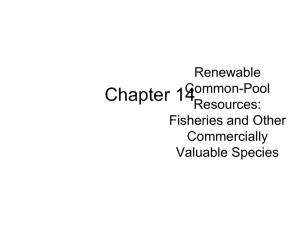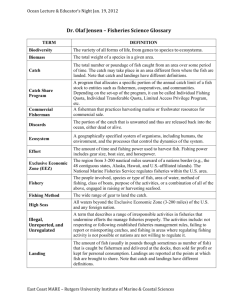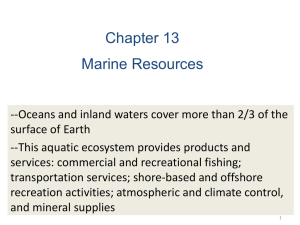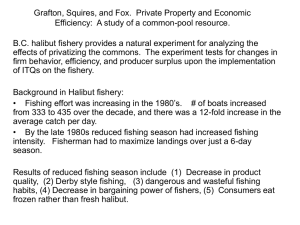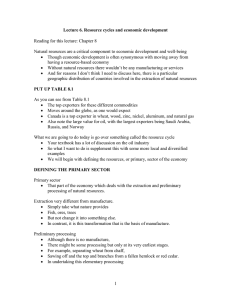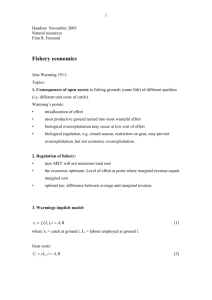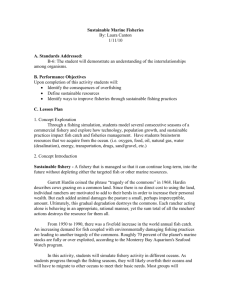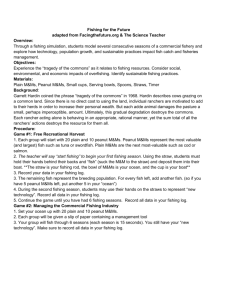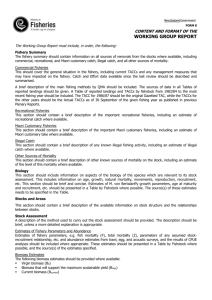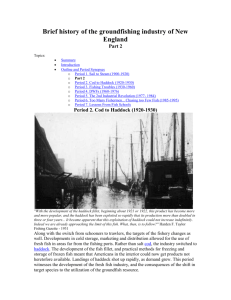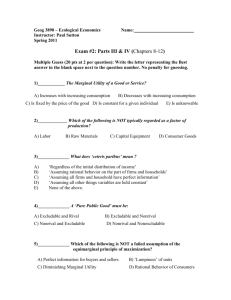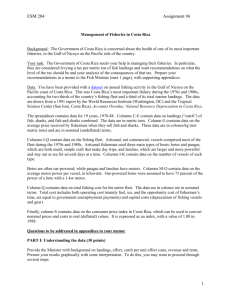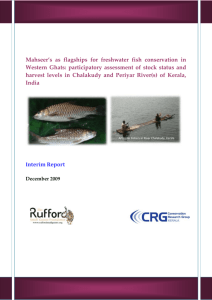fisheries - University of Puget Sound
advertisement
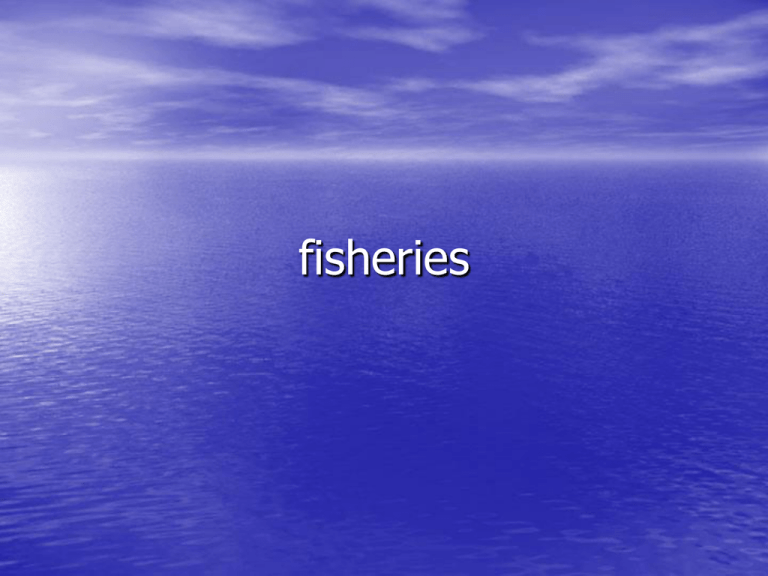
fisheries efficient harvests • biology • economic biological dimension • Schaefer model (1957) • abstracting from water temp / quality, age structure, etc. • relationship btw. growth of popn and size of popn growth as a function of stock carrying capacity vs. minimum viable popn • S : carrying capacity / natural equilibrium • stable, movements away set forces in motion back towards it S : minimum viable popn below growth is negative unstable • to right, growth to natural equilibrium • to left, decline to extinction “sustainable yield” • catch growth rate each period, catch and population can be maintained forever • S*: “maximum sustainable yield” (MSY) – yields maximum growth – largest catch that can be perpetually sustained economics: efficient yield • is MSY synonymous with efficiency? (no) • for efficient solution: maximize net benefits from use of resource • need to include costs and benefits of harvest, not just quantity • examine static efficient sustainable yield (largest annual net benefit) 3 assumptions • price of fish constant • MC fishing effort constant • fish caught per unit effort is proportional to size of population (smaller popn, fewer fish caught per unit effort) efficient sustainable yield efficient fishing effort • TR follows Schaefer model since price constant • TC linear since MC effort constant • Em: further effort reduces sustainable catch and • • revenue for all years (MSY) net benefit: vertical distance btw B & C Ee: efficient effort, where net benefits maximized MB (slope of TB) = MC (slope of constant TC curve) efficient fishing effort • effort > Ee inefficient, since additional cost exceeds value of fish obtained • MSY not efficient unless MC effort = 0 (why?) • efficient level of effort LESS than MSY • efficiency implies LESS harvesting and LARGER population efficient vs. market allocation • with well-defined property rights, sole owner of fishery would max profit by increasing effort until MR=MC – harvest at Ee (efficient) • but…fisheries typically OPEN ACCESS open access solution • sole owner of fishery chooses to not expend > Ee because to do so reduces profit of fishery (personal loss) • if unrestricted access, decision to expend > Ee reduces total profit, but not to individual fisher • in open access, Ec effort (net benefits zero) fishery prisoner’s dilemma Fisher B Fisher A Fish more! Fish less Fish more! 2,2 4,1 Fish less 1,4 3,3 Note: Payoffs in thousands $ (A, B) too much effort! policy responses • increase MC– require fishing farther from shore, use smaller nets, boats, or motors – but artificially increasing cost inefficient • total allowable catch – restrictions on effort or size of catch – monitoring, enforcement difficult, also creates race to catch • individual transferable quotas –quotas allocated, then trade – no race, allows most efficient fishers to buy rights from inefficient fishers Sample problem • Costs fisher $20 to fish salmon • Salmon sells for $10 • Harvest rate given X fishers is S = 30X-2X2 • How many people will go fishing, how many salmon will be caught, and what are total profits under – Open access – Limited entry (how many fishers should be allowed to maximize profit?)
